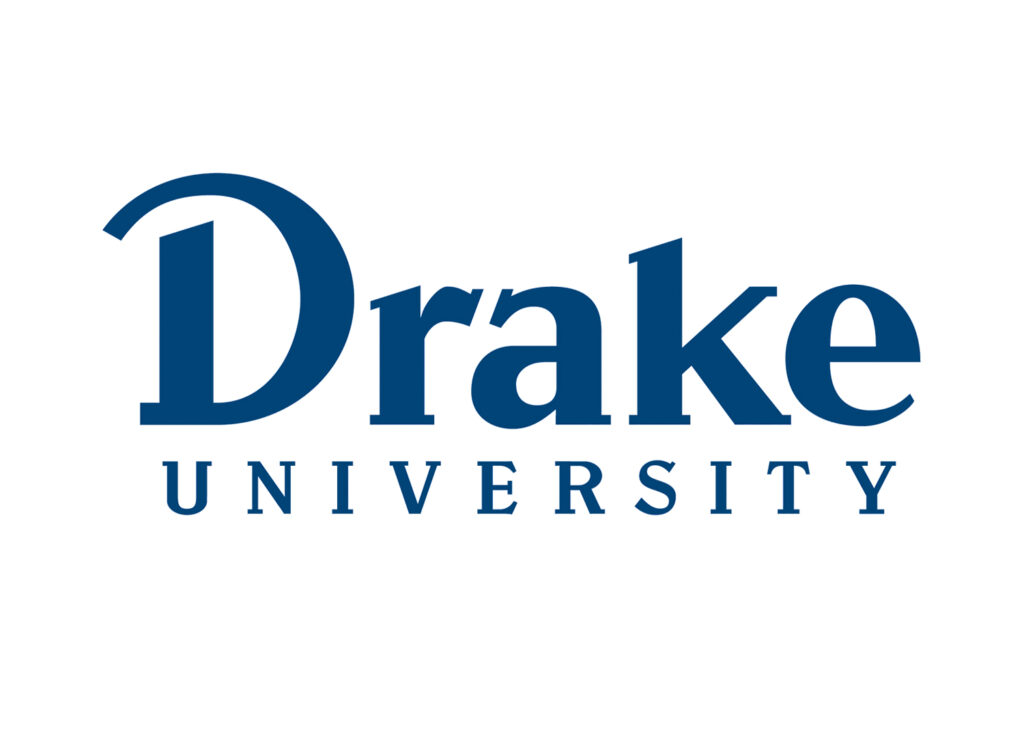6 trends in human resources that business leaders should know

Emily Barske Wood Aug 16, 2024 | 6:00 am
7 min read time
1,589 wordsAll Latest News, Business Record Insider, HR and LeadershipCompetitive pay, quality benefits and – in most recent years – flexible work arrangements continue to be top priorities of employees when deciding where they want to work. But these offerings are what Kellie Gottner refers to as “table stakes,” meaning they are focuses for most businesses hoping to attract and retain top talent.
Gottner, the human resources and client experience officer at Connectify HR, said organizations need to think beyond table stakes if they want to remain competitive.
The Business Record recently conducted a group interview with three human resources professionals to ask how organizations can support their people and other trends that business leaders should know. Those included in the conversation were:

Brian Berry, human resources director, Palmer Group
Jon Couture, executive vice president of Principal Global Services and chief human resources officer, Principal Financial Group
Kellie Gottner, human resources and client experience officer, Connectify HR
Here are six takeaways from the discussion.
Flexibility can mean many things.
The three professionals all mentioned that employees are looking for flexibility, especially since 2020.
“When we go back to thinking through our philosophies for dealing [with flexibility] in the pandemic, one of the philosophies is called ‘adult rules apply,’ which means treat people like adults,” Couture said. But understand that “in any large population, there are going to be people that seek to get around the system. We can’t develop policy for that. So to the degree possible on flexibility, enable as much as possible.”
But what flexibility do workers, with varied life circumstances, have in mind?
Work-life integration means “if I’ve got something I need to go do that’s personal, family-related, whatever, I don’t have to worry about walking away from work for two hours to go do that, knowing that I’m going to get my job done,” Berry said.
He said the ability to work remotely is still important for many; others might want flexibility in terms of how they’re managed, meaning employees want autonomy to do their jobs without being micromanaged. It can also mean flexibility with their development, Gottner said, which could include formal or informal learning opportunities.
Providing flexibility requires balancing autonomy with accountability, the leaders acknowledged.
There will be more personalized employee experiences – which means more part-time workers.
Because employees are dealing with a wide range of issues related to retirement affordability, and others simply enjoy working but want more personal time, there will be more workers looking for phased-retirement deals, Couture said. Those deals will involve employees agreeing to a new compensation package for either a certain number of hours or certain tasks they’re willing to continue performing. It can be a win-win as companies retain institutional knowledge and employees can work in a role better suited for their life stage.
“Our view is that if we can get good at enabling phased retirement, there’s no reason you can’t take all those same concepts and apply them to the whole employee population, which gets you to the individualized or personalized work experience,” Couture said. “We know from the data that we have, it’s highly appealing to people. Expectations are probably a little bit ahead of what we can produce today, but it is the North Star.”
What might that mean for compensation and benefits for those newly created roles, especially in an age where many people have side hustles?
“What’s not OK is us hiring you to do a full-time, 40-hour-a-week job and then you have another employer because you’re working remotely, as an example, where you’re doing another full-time job – that’s not honest, and that has all kinds of problems,” Couture said. “But if we’re clear on what you do and what we’re paying you, I don’t care if you have four jobs as long as you can deliver that.”
The idea of personalized work experiences still has kinks to work out, he said. For instance, offering more part-time roles may mean going back to cafeteria benefits offerings so those employees can choose options that suit their lifestyle; it may also mean employers’ expenses to provide benefits, such as health care, won’t be reduced despite employees working fewer hours. Businesses might also run into challenges with U.S. Department of Labor classifications, and it may be harder to track pay equity given the varying work arrangements.
Still, creating roles with responsibilities that interest employees and meet their needs is essential, Gottner said.
“It’s not your traditional work environment anymore,” Gottner said. “It’s not your traditional roles, and we have to be flexible in that.”
Even with tech and automation, people still matter.
New technologies can create efficiencies for businesses, but they’re not wiping out jobs just yet, Berry said, because human connection and interaction is still important in the workplace.
“Maybe we’re all obligated to say that ‘people matter’ based on our roles,” Berry said, laughing. “But they do and I feel like they always will. … We’ve always found a way through change and challenges that people still filter to the top.”
Couture noted that at a recent human resources conference, many of the presenters and attendees talked about new technologies like they were all “lollipops and unicorns” and preached that “‘AI is going to do all the crappy parts of everybody’s jobs.’” “There’s probably a fair amount of truth to some of that,” he said, “but there are catastrophic downsides and we need to be talking about them.”
Gottner agreed and said “rushing to the latest fad or trend … is just generally dangerous,” and she encourages business leaders to think about the downstream effects of implementing technology.
New benefits requests are on the horizon.
The professionals mentioned a variety of benefits that employees are asking for, some rather new, like pet insurance.
Companies are also grappling with employees wanting to be subsidized for GLP-1 drugs, typically prescribed for diabetes, for “off label” uses, Couture said. For example, some employees might not have diabetes or be pre-diabetic, but they want to use the drugs to lose weight.
“The expense associated with that can be staggering at scale, and so I think companies are going to have to put guardrails in place for how that’s used,” Couture said. “There are now some of the benefits providers that [require] if you use those drugs for just weight loss – again, not for their intended design – then you have to get on a track to change your [lifestyle] behaviors or the company won’t support paying for the drug. … There’s a concern that [people believe] this is the magic medicine, so I could take it forever and keep my weight managed. But we don’t even know long-term what those drugs do, what impact they are going to have.”
Many companies are also revising family leave policies, looking to make them more applicable to both new parents in the workforce and employees that may need paid time off for a certain period of time for other caregiving roles, like caring for aging loved ones. Gottner has seen more blanket policies on family leave that are separate from those focused on paid time off or the Family and Medical Leave Act, because not everyone qualifies.
Benefits around mental well-being are also becoming increasingly important.
“Life is stressful, and for whatever reason, it feels like it’s more stressful than 10 years ago,” Gottner said. “So then how are you, as HR professionals and leaders within an organization, supporting your employees with whatever is going on in their life? Because we know you can’t just shut off whatever it is when you go into the door at 8 a.m.”
Helping employees cope with change is paramount.
Couture agrees with Gottner – life now is more stressful than it was a decade ago, and a lot of that relates to change. Enabling better mental health means helping employees and leaders deal with constant adaptations, he said.
“If you think about how much technology is going to be driving more change faster from this point out, that trend is not going to ever reverse,” Couture said. “The idea that somehow we’re just in this period of change and that things are going to go back to where they were a long time ago – never gonna happen. So the question is, how do we … help our folks cope in that environment?”
Generally speaking, the professionals said there can be generational divides when it comes to change. Older generations might be more resistant to doing things differently or adopting new technology, they said. On the other hand, the newest generations in the workforce who grew up with instant-gratification technology may expect change faster than is reasonable – including changes to their own roles, thinking they’ll be promoted quickly when they’ve just entered the workforce.
“The younger generation is more apt to talk about [issues], or share that feedback directly, where I may have thought about it 20 years ago, but I was never gonna bring it up to anybody and I just moved on,” Berry said. Flexibility, in some ways, is a gift from the younger generations, who have been willing to speak about it, he said.
Mentoring programs matching up more-experienced professionals with less-experienced professionals can be rewarding for both parties as they navigate personal and industry changes, Couture said.
Business leaders should constantly be thinking about the “change factor,” Berry said. That includes “how to communicate change, how to accept change, how to support and encourage change, how to be agile in what you do as a business to stay competitive and relevant.”

Emily Barske Wood
Emily Wood is special projects editor at Business Record. She covers nonprofits and philanthropy, HR and leadership, and diversity, equity and inclusion.










